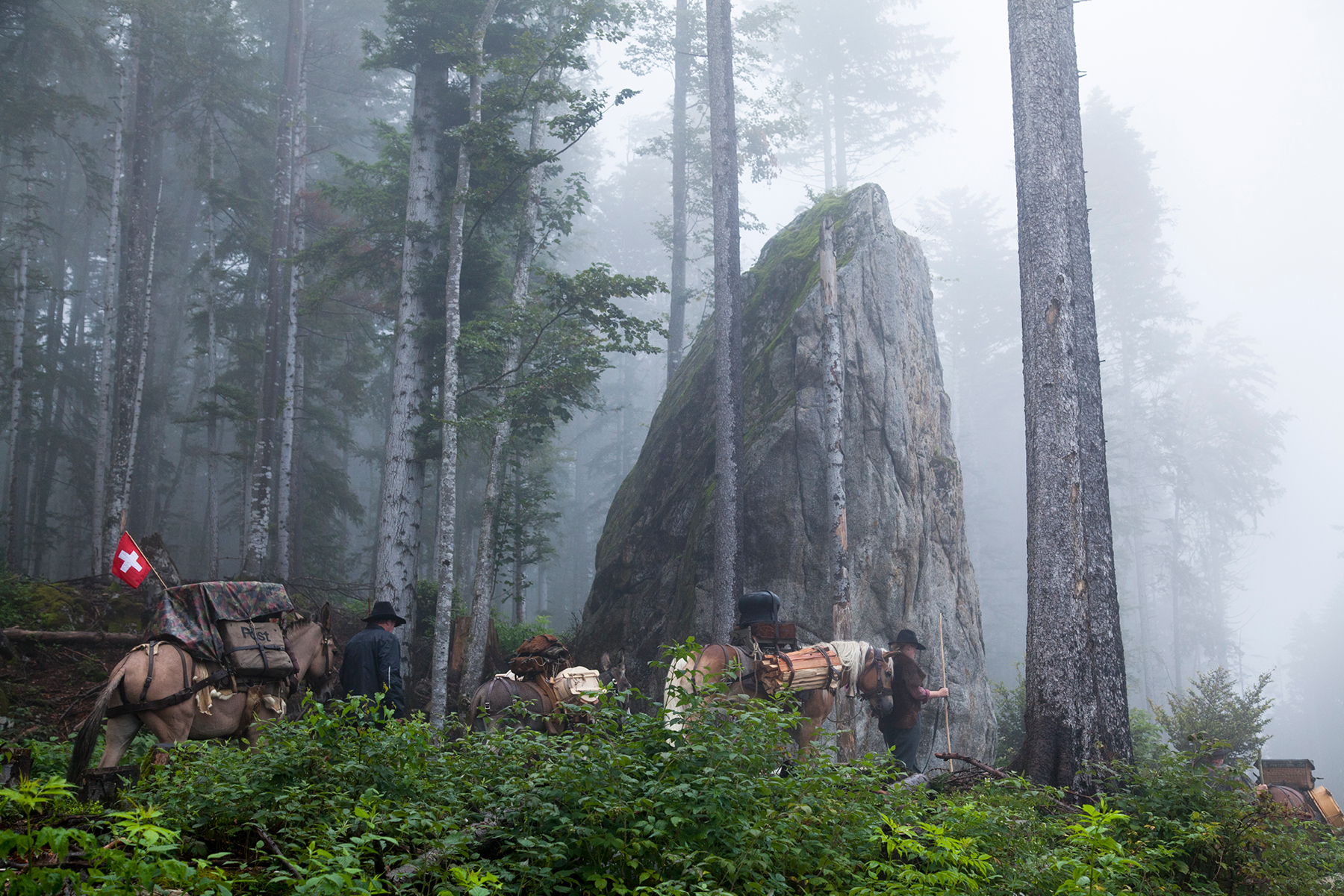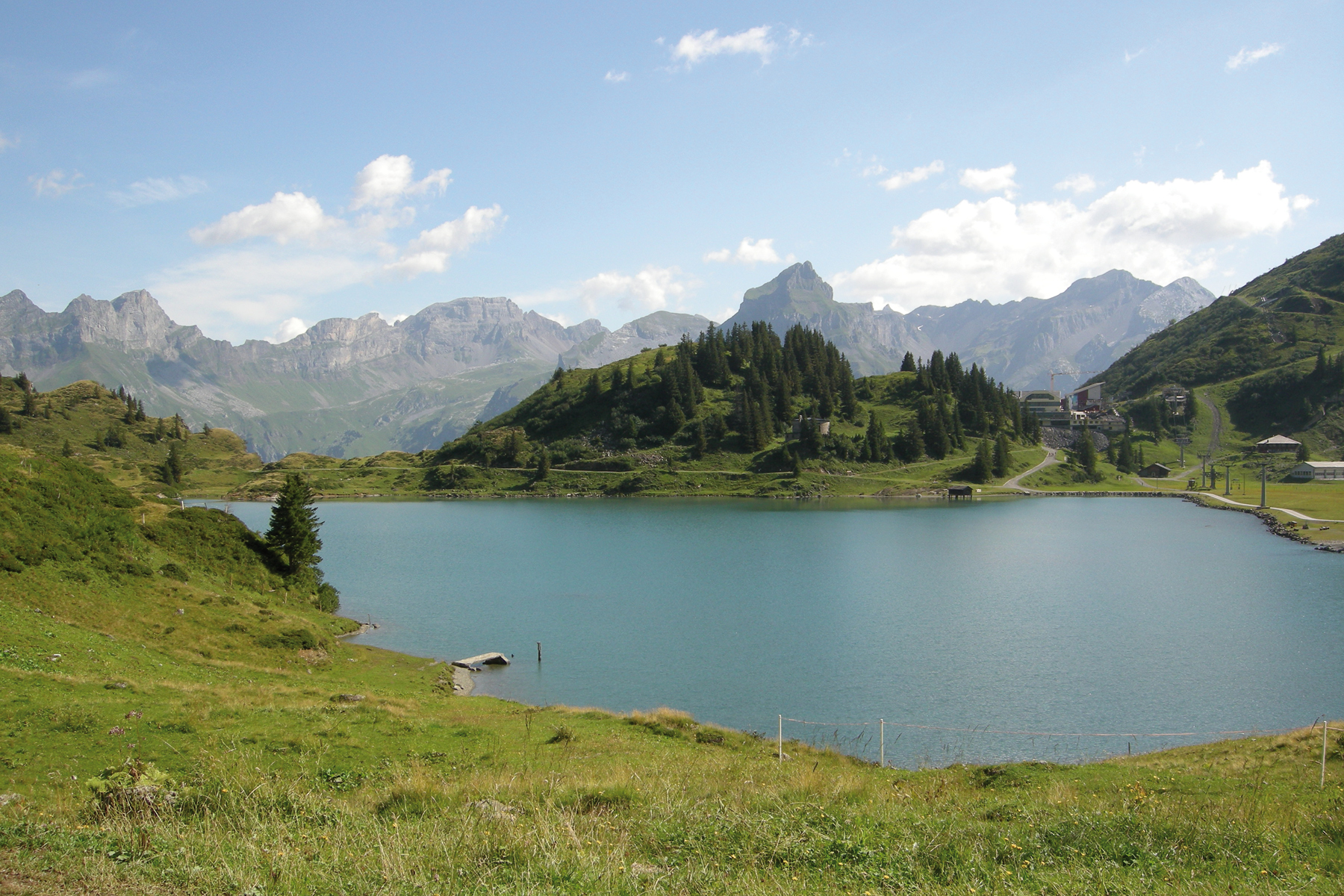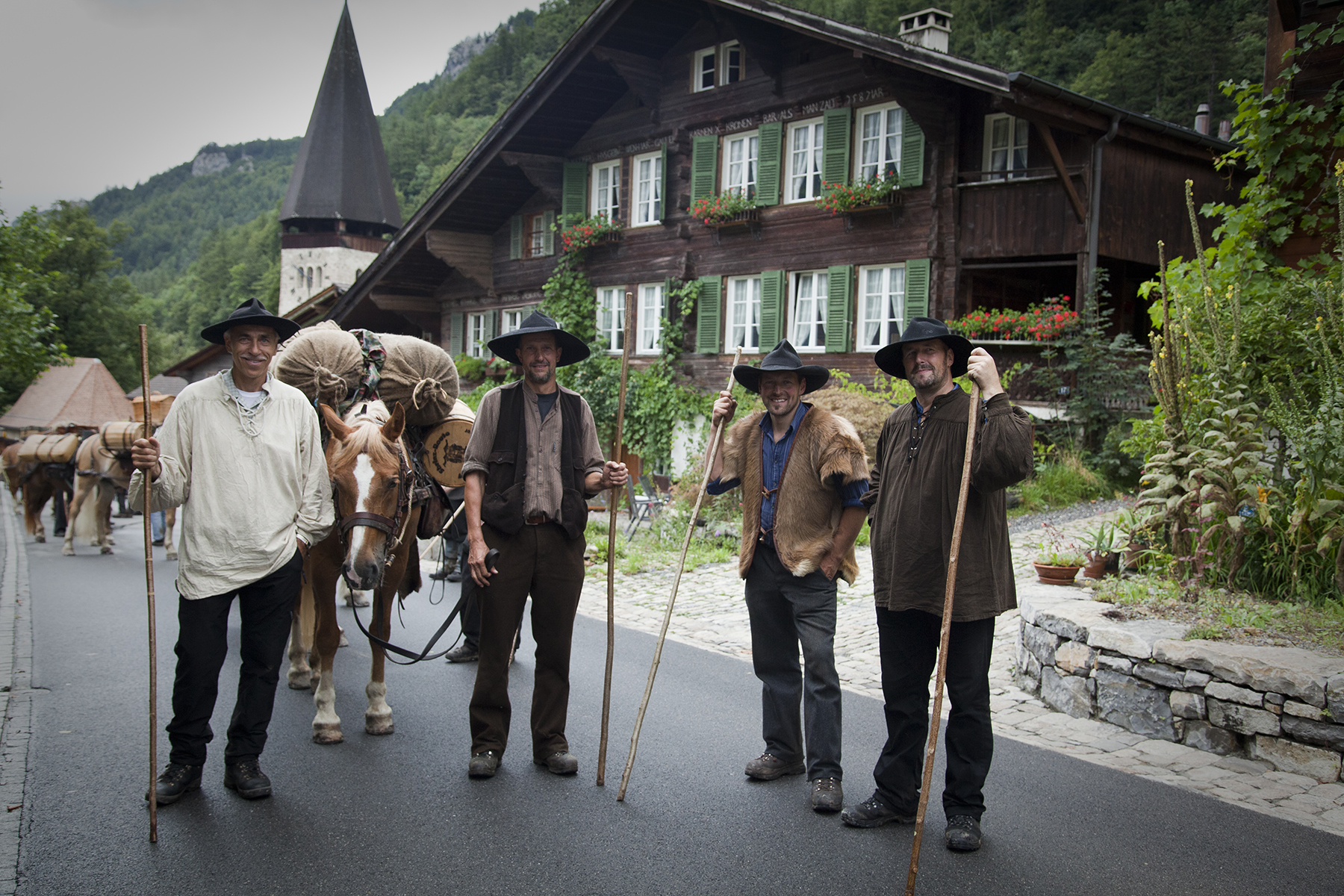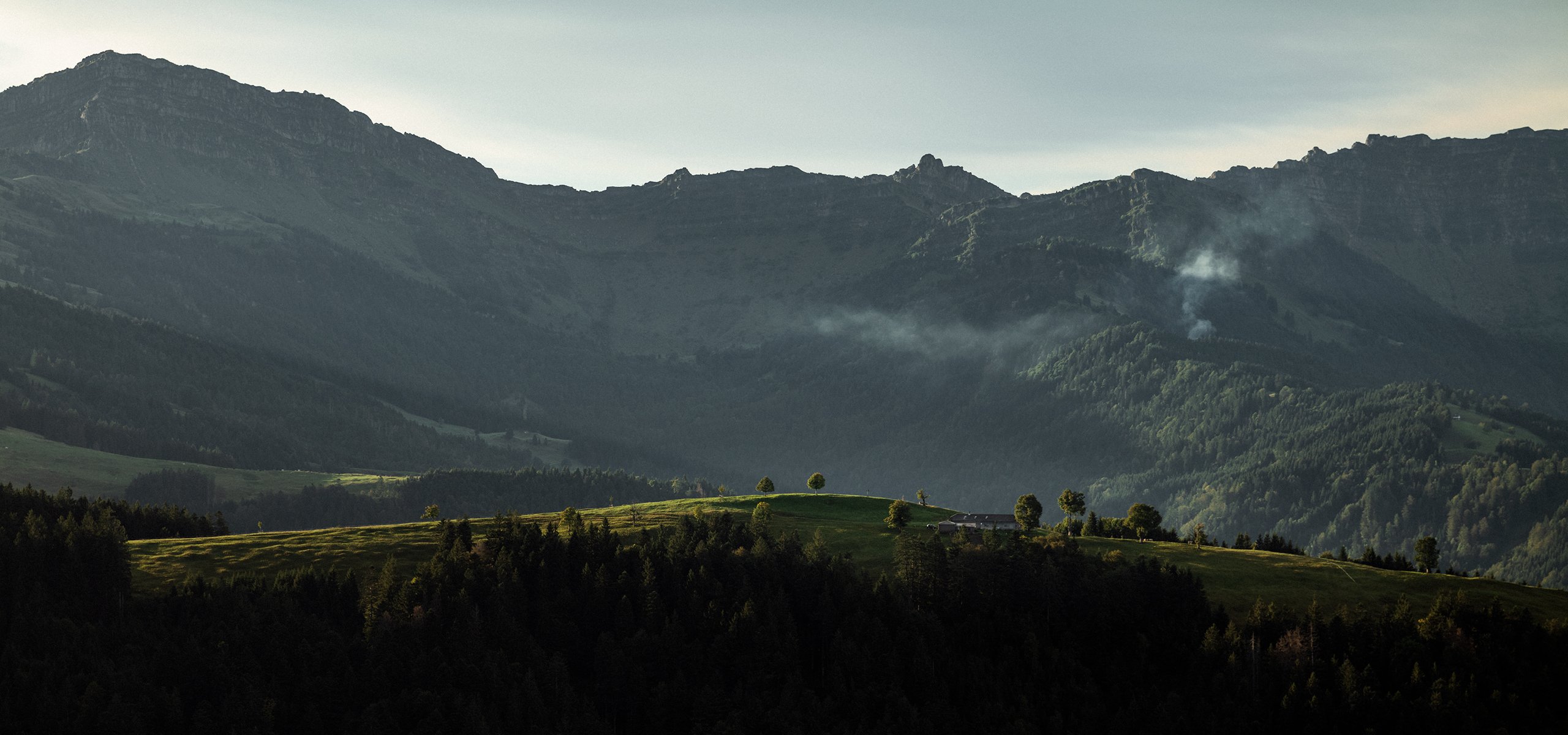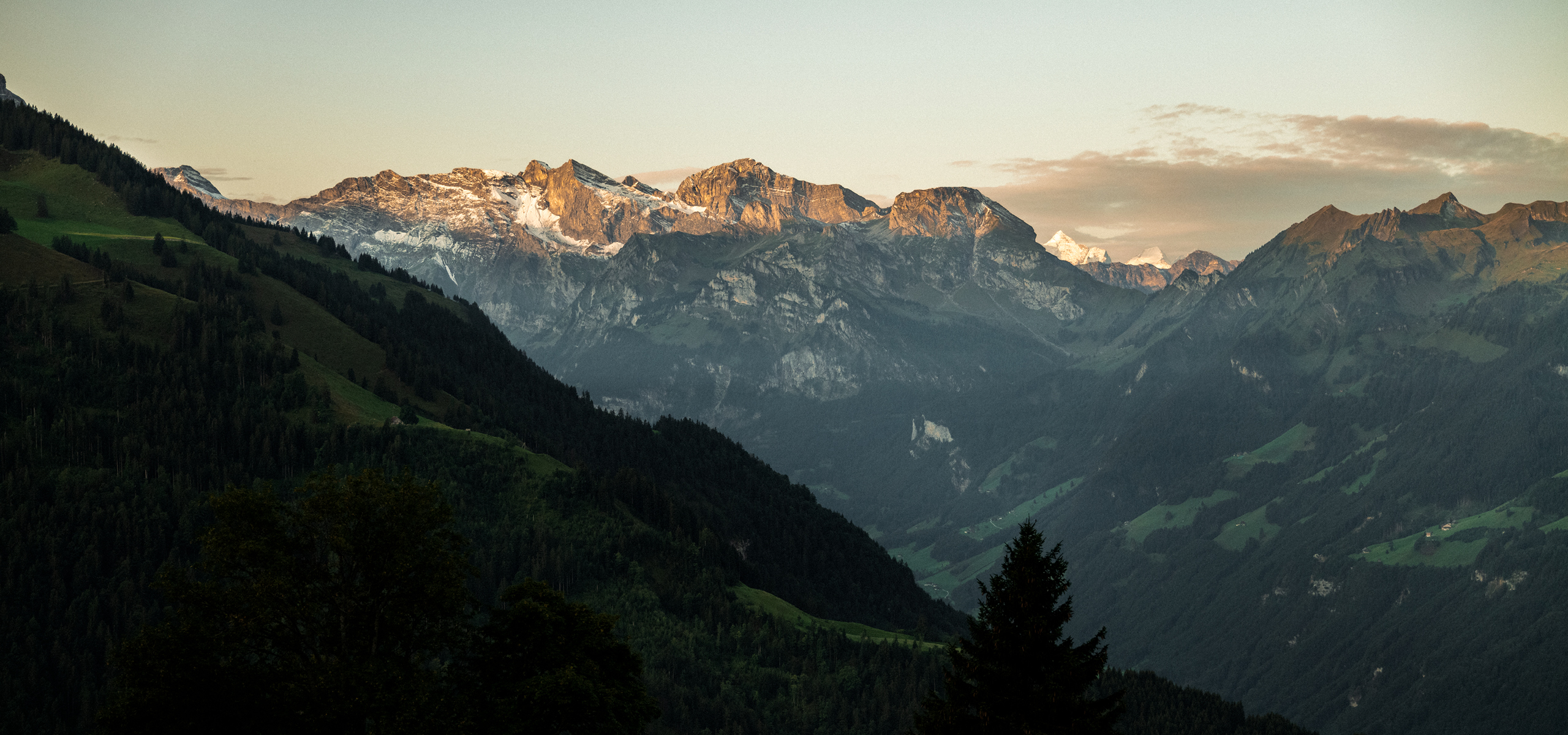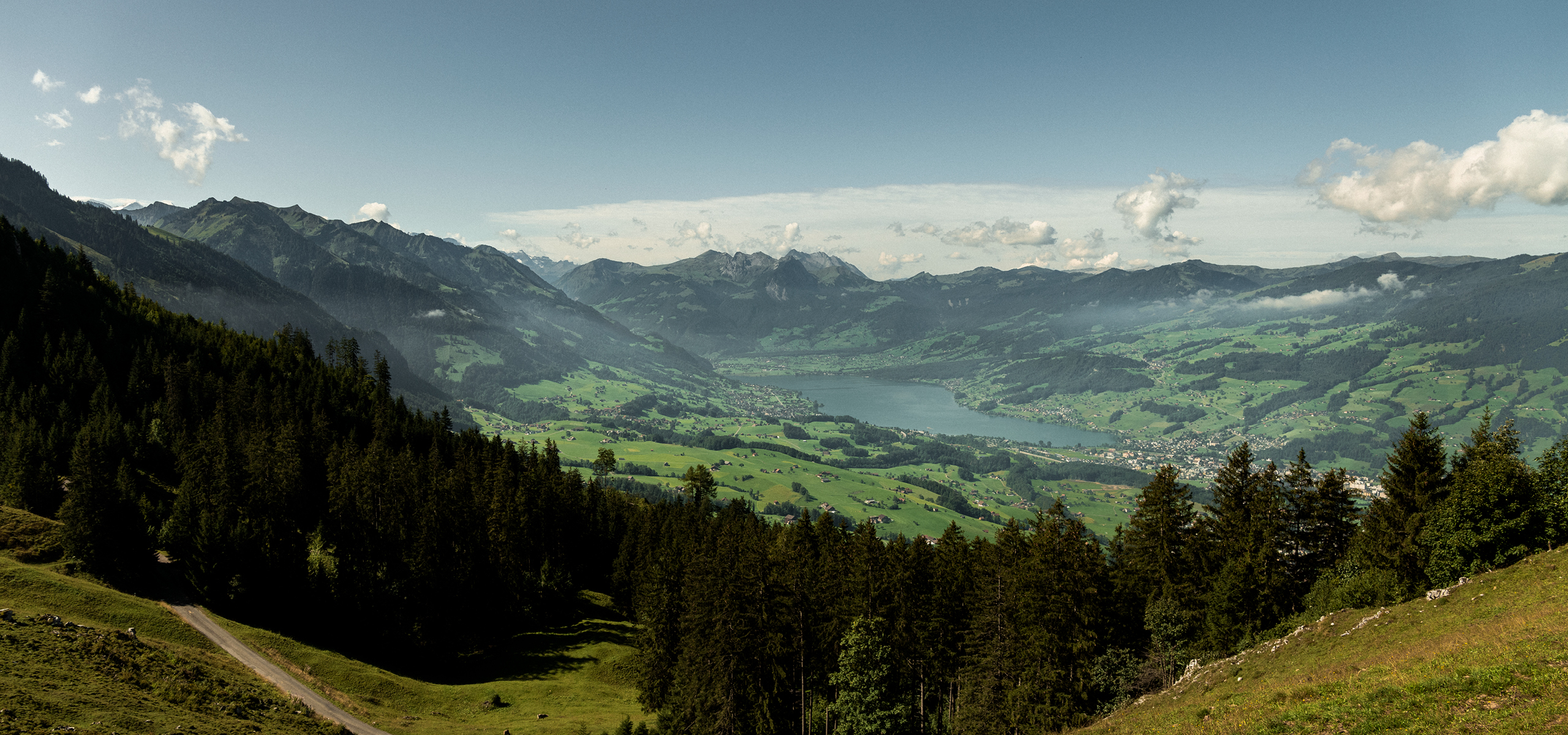A cheese from the country of sagas, myths and legends
The roots of Sbrinz AOP go far back to the 16th century, when cheese was gathered in Brienz for transport to Italy by mule. One of these was the cheese that would later become known as Sbrinz based on the Italian name “lo sbrinzo”. In the late Middle Ages, the extra-hard cheese “Sbrinz” was an export hit from Central Switzerland on northern Italian markets. Not least thanks to this cheese, the mule trail across the Grimsel and Gries passes developed into a well-established trade route. Transport routes may have changed, but the cheese is still made in traditional fashion.








